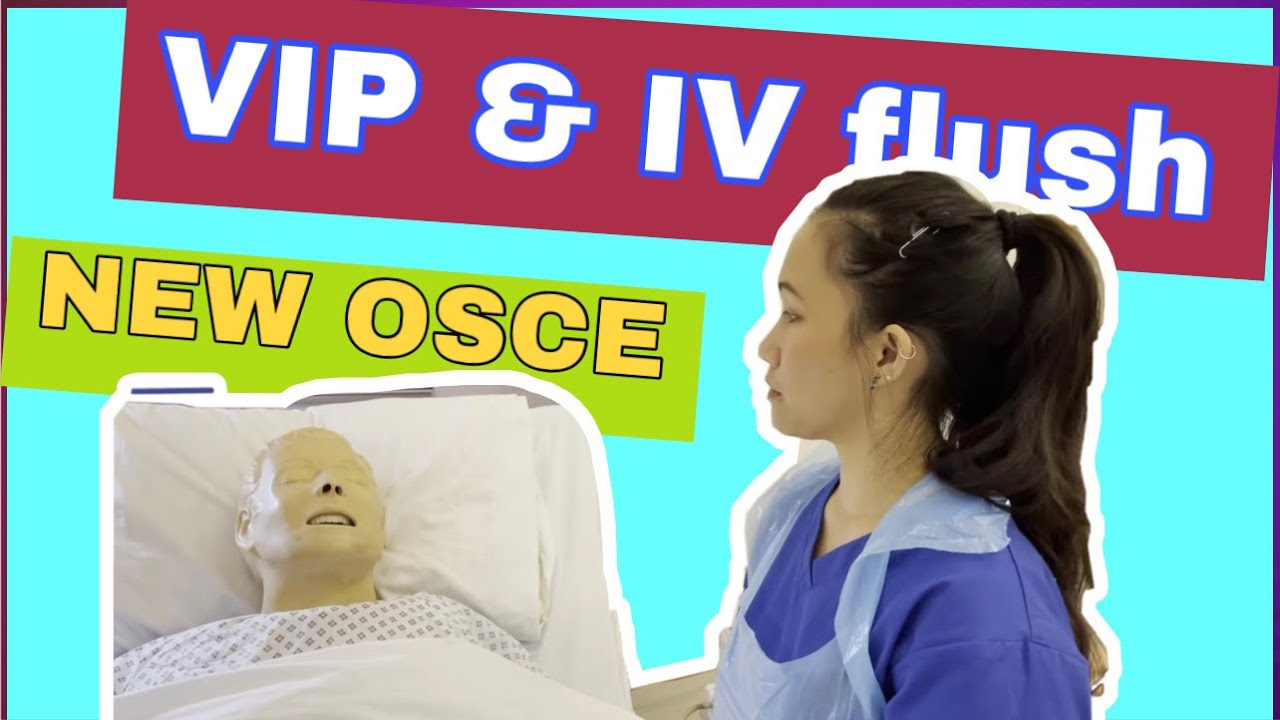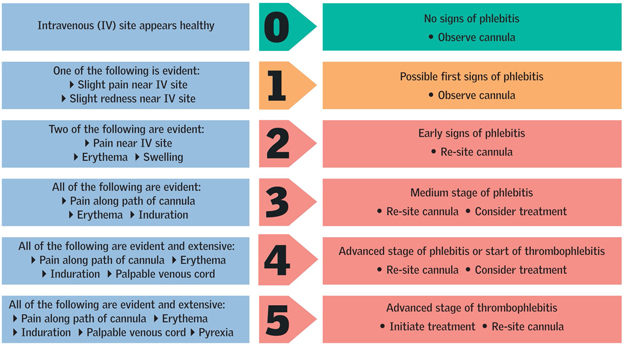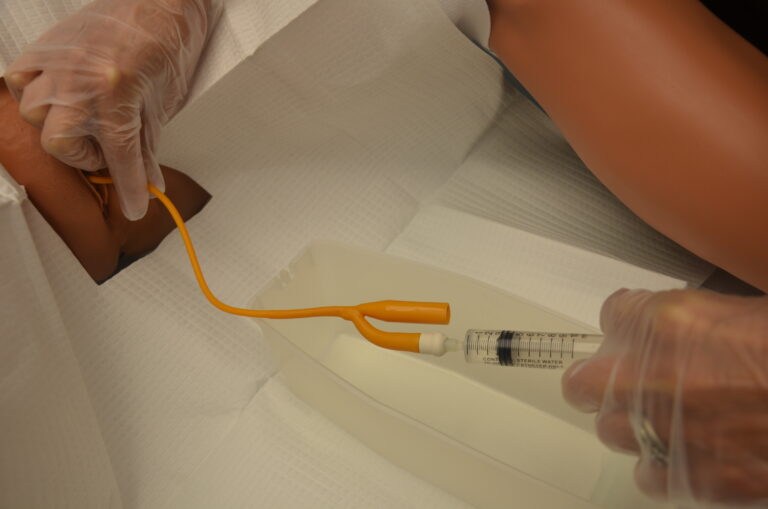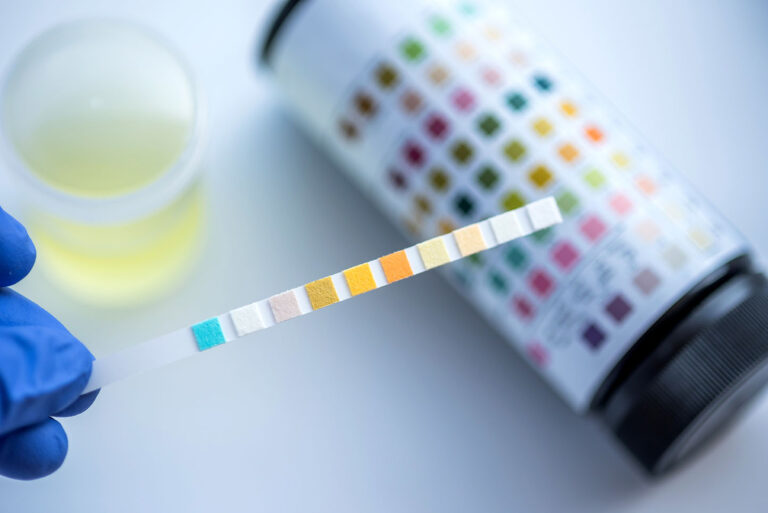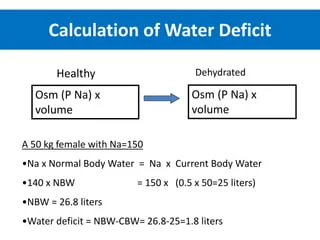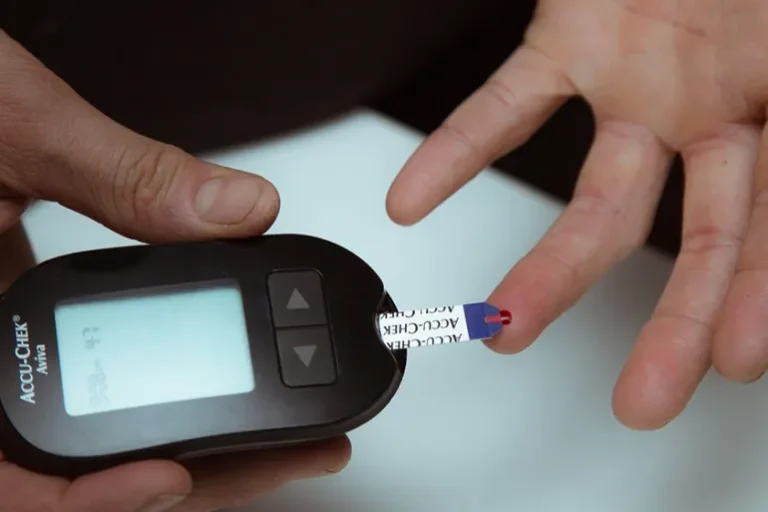Intravenous (IV) flush and visual infusion phlebitis (VIP) assessment
Intravenous (IV) flush and visual infusion phlebitis (VIP) assessment
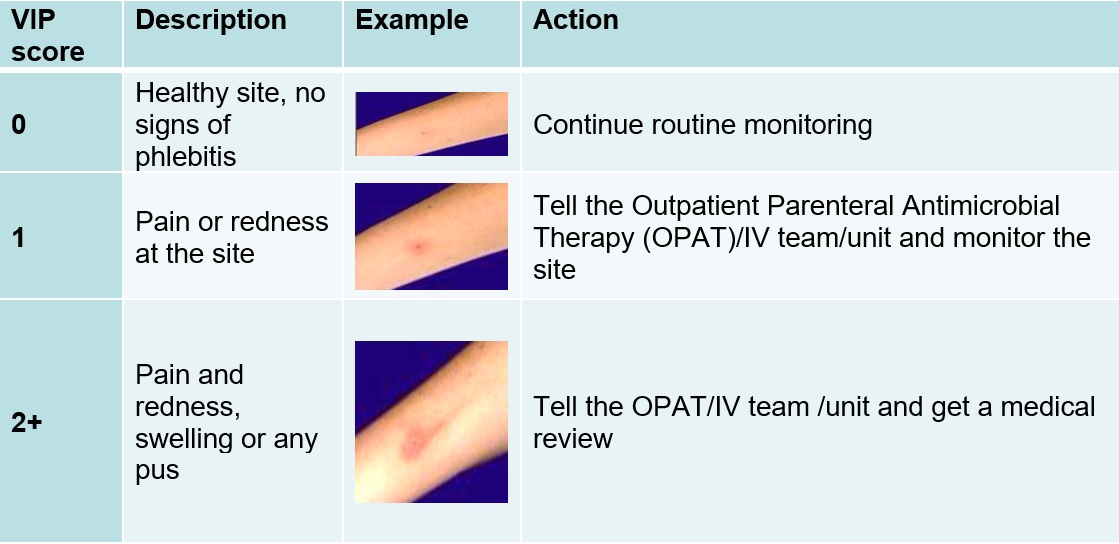
Intravenous flush and visual infusion phlebitis assessment is another skill that is added to the skill station this year. Time limit for this skill demonstration is 12 minutes. In this article we will learn step by step procedure which will help you to pass
IV flush and VIP score Assessment in OSCE Skills Station
This skill station can be divided into three phases which are the following,
Introduction Phase
- Check the area for safety
- Wash hands
- Introduce themselves giving name and role
- Confirm patient id and ask what they like to be called
- Also Checks if patient has any known allergies
- Explain the procedure, rational and gain consent
- Offer patient opportunity to ask question and gives clear answers.
Procedural Phase
- Provides privacy and dignity and checks they are comfortable to proceed.
- Clean hand and assess the cannula
- Identifying and verbalizing any signs of phlebitis, colour, pain, erythema, edema, venous cord and also any pyrexia
– Phlebitis is assessed by the following tool

- Perform hand hygiene and leave patient comfortable to gather equipment
- Check that the nursing trolley and tray are clean and ready for use
- Also Clean equipment if necessary
Check that required equipment is intact and in date and where applicable is sterile before placing it on your trolley.
- Return to your patient and ensure you read the prescription chart following the rights of medication giving; correct person (further 3 point ID check), correct drug, correct dose, correct date and time, correct route and method of administration, diluent (as appropriate) and allergy status
- Ensure you have also checked the validity of prescription, signature of prescriber and that your prescription is legible.
- Clean hands and don PPE. Clean the end of the IV post with sterile alcohol wipes for 30 seconds, leaving to dry for atleast 30 seconds.
- Connect the prefilled syringe to the port using aseptic non touch technique and also flush cannula using a pulsing action. Ensure that the patient is not experiencing discomfort whilst you are doing this.
Post Procedural Phase
- Disposes of waste appropriately – this may be verbalized during the OSCE.
- Doff PPE, decontaminate hands and date and sign the drug administration record.
- Ensure you patient is comfortable and also act at all times in accordance with the NMC code of conduct.
What can fail you?
If the candidate fail to administer the medication correctly. Right patient/dose/time/route/drug must be checked. The prescription must be signed, dated and time written. If any of these are missed, this should result in a fail.
If the candidate does not use aseptic non touch technique for the procedure/contaminates the sterile areas, this should result in a fail.
OSCE Original Marking Criteria for NG flush and VIP Scoring – Click Here
